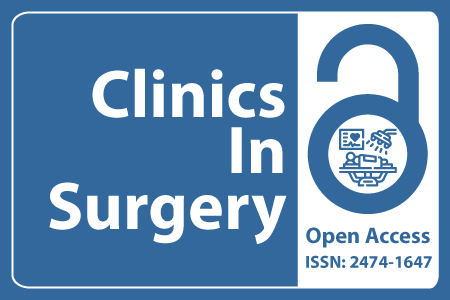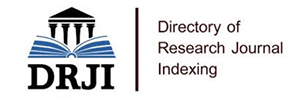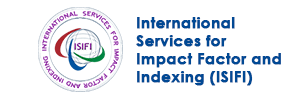
Journal Basic Info
- Impact Factor: 1.995**
- H-Index: 8
- ISSN: 2474-1647
- DOI: 10.25107/2474-1647
Major Scope
- Minimally Invasive Surgery
- Obstetrics Surgery
- Cardiovascular Surgery
- Emergency Surgery
- General Surgery
- Vascular Surgery
- Plastic Surgery
- Bariatric Surgery
Abstract
Citation: Clin Surg. 2018;3(1):1886.Research Article | Open Access
‘‘Effectiveness of Suture Closure of Left Atrial Appendage to Prevent Thromboemboli in Atrial Fibrillation among Patients Undergoing Bio-Prosthetic Mitral Valve Replacement”
Elayouty HD, Hassan HS, Abdal Hafeez SAS, Faisal HS and Sami AT
Department of Cardiothoracic Surgery, Suez Canal University, Egypt
Department of Cardiothoracic Surgery, Ain Shams University, Egypt
*Correspondance to: Hamdy D Elayouty
PDF Full Text DOI: 10.25107/2474-1647.1886
Abstract
Objectives: Atrial fibrillation is the most common sustained arrhythmia. Patients with atrial fibrillation have a fivefold higher risk of thrombo-embolism and stroke. Aim of current study is to assess effectiveness of intra operative suture closure of left atrial appendage in prevention of thrombo-embolism.Methods: 400 patients underwent bio-prosthetic mitral valve replacement between 2011 and 2017. Pre-operatively, they had rheumatic mitral valve disease and atrial fibrillation with controlled heart rate. The study group included 200 cases. Intra-operatively, each one had continuous suturing of margins of the mouth of left appendage with 4/o polypropylene suture. Postoperatively, they received anticoagulants for 90 days. The control group included 200 patients. They didn`t have such suturing of appendage. They received indefinite anticoagulants. Follow up continued for 78 months and included clinical examination every 3 months and trans-esophageal echocardiography every year.Results: Study group included 200 patients 109 (54%) females, mean age of 29 ± 2.1 years. Suturing of the margins of atrial appendage needed 4 ± 0.25 minutes to be conducted after incising the left atrium and examining the appendage. Atrial thrombi were removed from the appendage in 10patients (5%). Postoperative thrombi or thrombo-emboli weren’t reported. Control group 200 patients, 101(51%) females, mean age 30 ± 1.02 years. Intra-operatively, thrombi in appendage were extracted in 8 patients (4%). Trans-esophageal echocardiography showed left appendage-thrombi in six patients (P-value 0.0001) and one case of thrombo embolism was reported.Conclusion: Intra-operative suture closure of left atrial appendage kept patients, having atrial fibrillation, free of thrombo embolic events in contradistinction to the control group. This technique is effective and reproducible.
Keywords
Cite the article
Elayouty HD, Hassan HS, Abdal Hafeez SAS, Faisal HS, Sami AT. ��Effectiveness of Suture Closure of Left Atrial Appendage to Prevent Thromboemboli in Atrial Fibrillation among Patients Undergoing Bio-Prosthetic Mitral Valve Replacement�. Clin Surg. 2018; 3: 1886.













